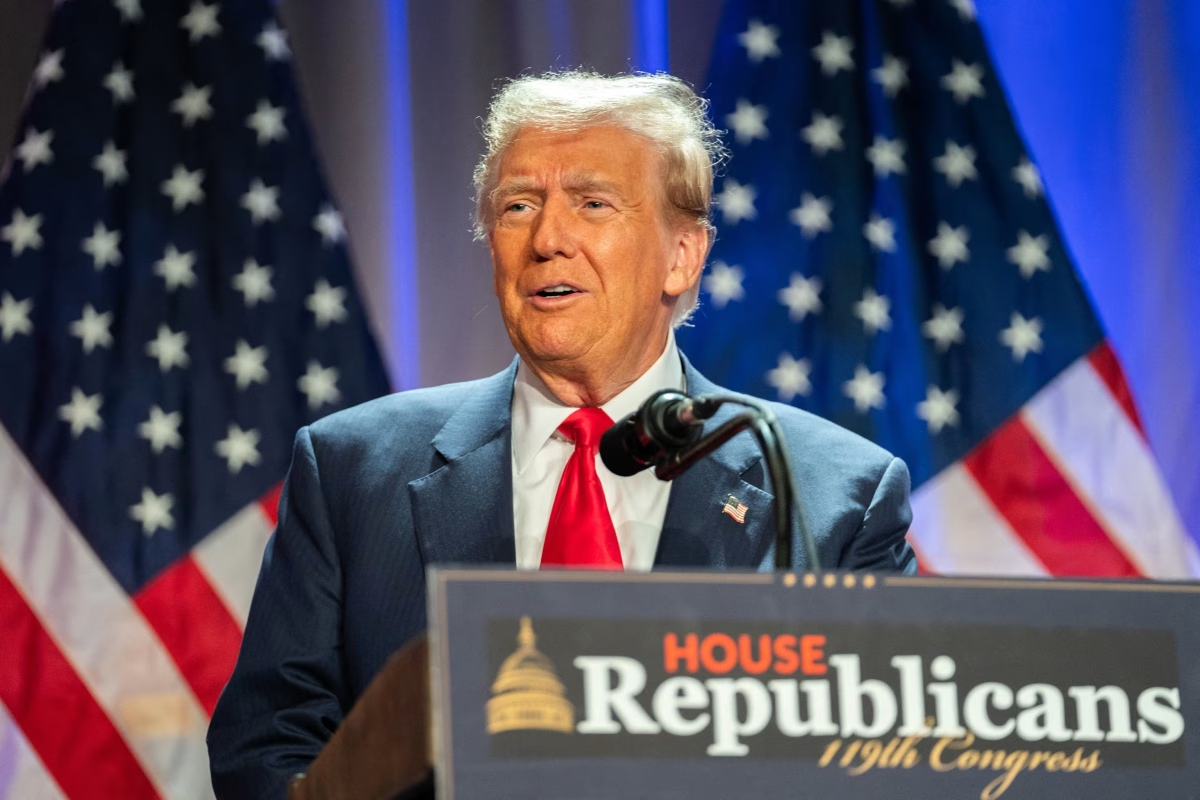The Department of Education was established in 1979 by Jimmy Carter in hopes of improving education. The U.S. News defines the job of the Department of Education to be “dispersing Title I funds to elementary and secondary schools with large low-income student enrollments; collecting data on schools; overseeing the recognition of accrediting agencies and programs that support higher education institutions; protecting students against racial and sex-based discrimination; and managing student financial aid assistance programs, including loans and grants (Claybourn Woods 1).
The president-elect, Donald Trump, has promised to get rid of the Department of Education and give all power to the states regarding education, relocating several programs within the department. He also believes that schools are pushing “woke” idealogy on their students and that states should be able to regulate what is being taught.
This has been on the Republican agenda for decades, but it has never been able to be passed. While it is highly unlikely he will be able to destroy the organization entirely, since Congress will not approve of such a drastic change, he can slowly take away and rearrange different sections within the department. Changes are expected over the next four years.
By abolishing the Department of Education, funding will be allocated differently. One of the sectors that will be affected is the Special Needs Protections. As of now, specific grants, known as IDEA grants, are given to help fund those with special needs and disabilities. Kevin Welner, the director of the National Education Policy Center and a professor at the University of Colorado Boulder School of Education reports, “About 12% or 13% of the money used for students with special needs comes through federal IDEA funding”(Welner). That money will now be given as a block grant for the states to use as they please.
Since taking away the department leaves everything up to the states, the state itself will have to decide where the money goes, but there is no guarantee they will do the right thing and send it to the original place. This would negatively affect the already vulnerable and limit their accessibility to an education that fits their needs.
Another type of funding that could be demolished is Title 1 funding, which is used to fund underprivileged schools with a high population of low-income families. Similar to the IDEA funding, it would also become a block grant. This would once again be up to the state to do the right thing; however, if this fund were to be diminished, the communication about money between state, district, and school would become increasingly difficult and confusing. This would result in delays in earning money, negatively impacting the already underprivileged student and resulting in decreased graduation rates and test scores with this lack of proper tools for education.
Additionally, the department not only helps schools through funding, but the federal government also has a say in civil rights disputes within schools. There are laws in place through the organization that protect those against discrimination due to race, gender, disability, or sexuality. With this in place, all issues go to the Education Department’s Office of Civil Rights, but without it, it would go to the Department of Justice.
Parents would be responsible for taking legal action, and they have to be financially responsible to take a legal path. It brings up the possibility of increased discrimination in schools because the consequences could be less severe. Trump also wants to take away protection for transgender individuals, stating he wants to “keep men out of women’s sports.” However, this would leave those of the LQBTQ+ extremely vulnerable to hate without these protections.
Diminishing the Department of Education will also affect colleges. Student Aid programs will not come to an end but be redirected to another agency or given to the states. However, Biden’s student loan forgiveness plan is still held up in court, and Trump is not likely to support the bill and remove any existing loan forgiveness programs for indebted college alumni. It would also decrease federal funding to the institutions themselves. The colleges that mainly rely on federal funding, which include historically Black universities, would take the largest hit.
A large portion of Trump’s plans for his presidency is giving power to the states, which could have positive or negative effects. States and the families within the state’s school systems would have more power, since they would be able to vote directly for the state’s policies, unlike the federal government’s system of representatives. However, it is not a guarantee for the states to use their power correctly and it could likely hurt underprivileged schools and students. Regardless of the potential outcome or one’s opinion, it is obvious that Donald Trump’s plan to dismantle the Department of Education would thoroughly change the existing ways of addressing the school systems.
Works Cited
Faguy, Ana. “Trump’s pledge to axe the Department of Education explained.” BBC, 14 November 2024, https://www.bbc.com/news/articles/c79zxzj90nno. Accessed 12 December 2024.
Wood, Sarah, and Cole Claybourn. “What Happens if the Education Department Is Dissolved?” U.S. News, 27 November 2024, https://www.usnews.com/education/best-colleges/articles/what-happens-if-the-education-department-is-dissolved. Accessed 12 December 2024.

